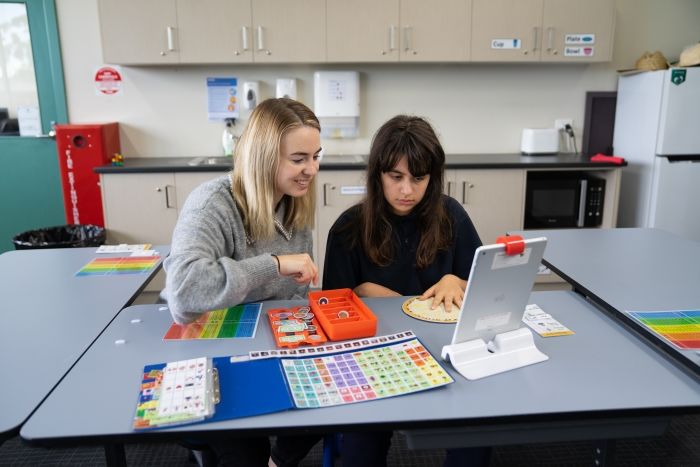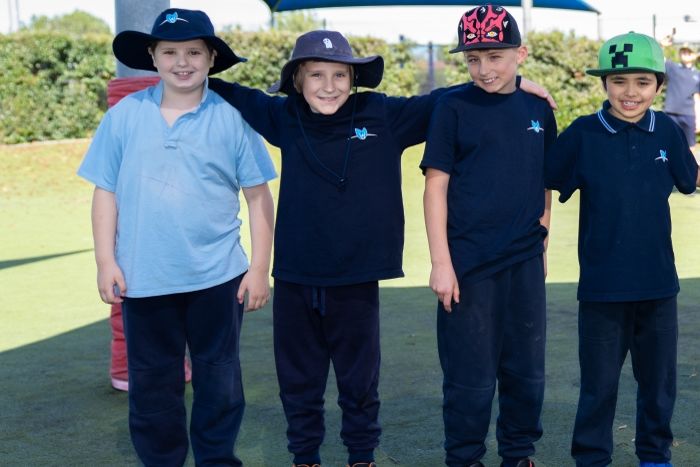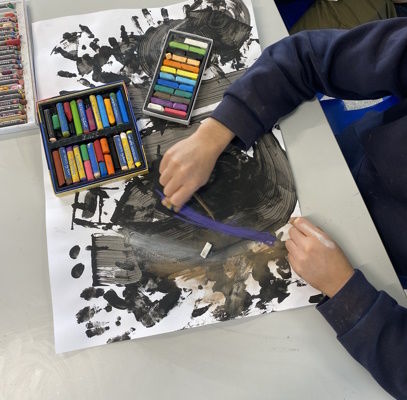Autism
Autism Spectrum Disorder (ASD) is a lifelong neurological/biological condition.
The essential features of autism spectrum disorder are persistent impairments in reciprocal social communication and social interaction, and restricted, repetitive patterns of behaviour, interests, or activities. These symptoms are present from early childhood and limit or impair everyday functioning. Manifestations of the disorder also vary greatly depending on the severity of the autistic condition, developmental level, and chronological age; hence, the term spectrum.
For further information please refer to the DSM-5 online at: www.psychiatryonline.org
CommunicationChildren diagnosed with ASD often have delayed or unusual speech. They generally have an impaired understanding and use of non-verbal communication such as facial expressions and gesture. 50% of individuals will develop speech which is often characteristically different in tone, pitch and the social use of language (pragmatics). Children who develop speech commonly have echolalia (the repetition of words and phrases), repeat advertising jingles or large scripts from videos for no apparent reason and have difficulty with initiating, ending, staying on the topic of discussion and the reciprocal nature of conversation. Language is interpreted literally, with frequent difficulty understanding words with double meanings, jokes, inferential language, idioms and metaphors. |  |
Social InteractionAbnormal interpersonal relationships are a key feature of ASD. Children often show a reduced awareness or interest in others, abnormal eye contact, they tend not to imitate or share enjoyment of their interests with others. They have significant difficulty understanding the thoughts, needs and feelings of others. They find social rules and etiquette and the concept of friendship difficult to comprehend. They may appear rude and abrupt and lack the necessary skills for successful interaction. |  |
Restricted imagination, stereotypical patterns of behaviour and interests.Children with ASD do not develop typical play and interests. Their play is often restricted in interests with limited imagination and creativity and they rarely engage in social or ‘pretend’ play. They may become preoccupied with specific activities and topics of conversation. These may be typical interests but overly intense or not typical for their age such as Thomas the Tank Engine or unusual interests such as street directories, council vehicles, washing machines or phone numbers. Ritualistic patterns in behaviour are frequently observed such as lining up cars in a row, switching lights on and off or an insistence on following a set sequence for example, walking a specific route. Children can become distressed or anxious with small changes to their environment or familiar routines. Some children engage in stereotyped body movements such as hand flapping, finger twisting, flicking and/or toe walking. |  |
CauseTo date there is no known cause. It is generally accepted that a number of causes affecting the developing brain may be responsible. Genetic factors play an important role but the exact influence is yet to be determined. |
References
- Autism Victoria (2008) Position paper – what is Autism Spectrum Disorder.
- Fombonne, E (2003) Epidemiology surveys of autism and other pervasive developmental disorders: An update. Journal of Autism and Developmental disorders, 33(4), 365-382
- Wray, J., Williams K (2007) The Prevalence of Autism in Australia. Australian Advisory Board on Autism Spectrum Disorder.